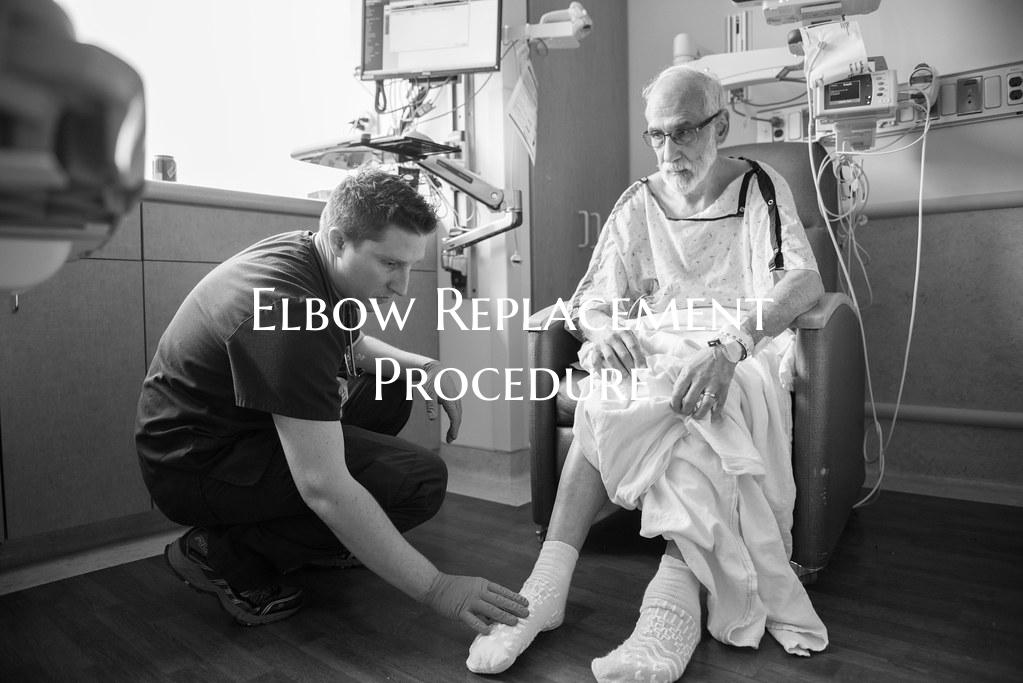
Elbow Replacement Procedure
An elbow replacement procedure, also known as elbow arthroplasty, is a surgical operation performed to replace a diseased or damaged elbow joint with an artificial implant. This procedure is typically considered when conservative treatments such as medication and physical therapy have failed to alleviate severe elbow pain and restricted movement due to conditions like arthritis, fractures, or other degenerative joint diseases.
The surgery is usually performed under general anesthesia, and the surgeon will make an incision on the elbow to access the joint. The damaged parts of the joint are removed, and the artificial implant is secured in place. The implant may be made of metal, plastic, or a combination of both, designed to restore function and movement to the elbow joint.
Recovery from elbow replacement surgery may involve physical therapy to regain strength, flexibility, and range of motion in the arm. Patients typically need to follow post-operative care instructions provided by their healthcare team to ensure proper healing and optimal outcomes.
As with any surgical procedure, there are risks associated with elbow replacement, including infection, blood clots, and complications with the implant. It is essential for patients to discuss the potential benefits and risks of the procedure with their healthcare provider and follow their guidance throughout the treatment process.
Overall, elbow replacement surgery can offer relief and improved quality of life for individuals suffering from debilitating elbow conditions. It is essential to consult with a qualified orthopedic surgeon to determine the most suitable treatment options based on individual circumstances and health needs.